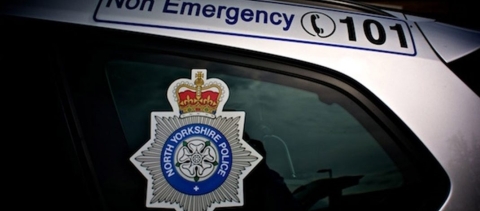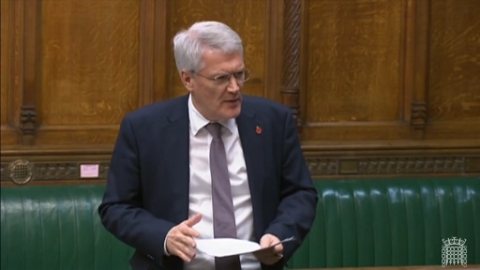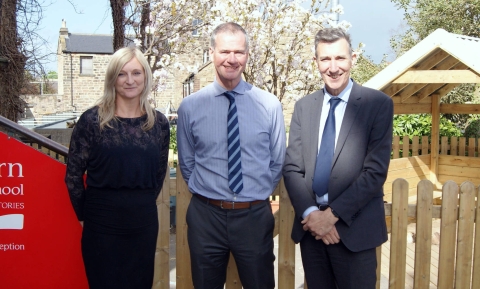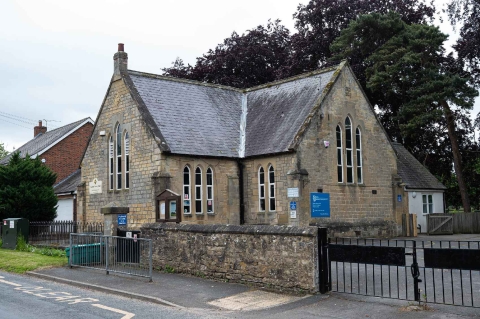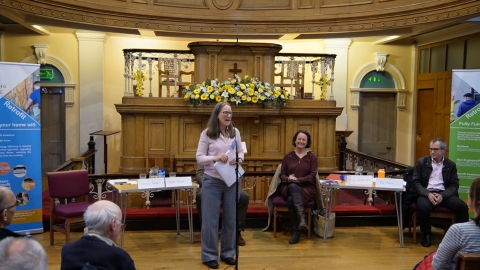The Harewood Estate is making a major investment in wood-powered biomass boilers which will generate green energy across the whole estate, including Harewood House.
Based in existing agricultural buildings, the new boilers will replace an oil powered heating system enabling the estate to lower its carbon footprint and be energy independent.
Fuel will be supplied from the estate’s 800 acres of managed woodlands. An ongoing management programme means softwood trees are currently being replaced with indigenous hardwood species. Thinnings, previously a waste product with little or no market value, will be used as a natural fuel to produce carbon neutral heating from the estate’s own forestry resource.
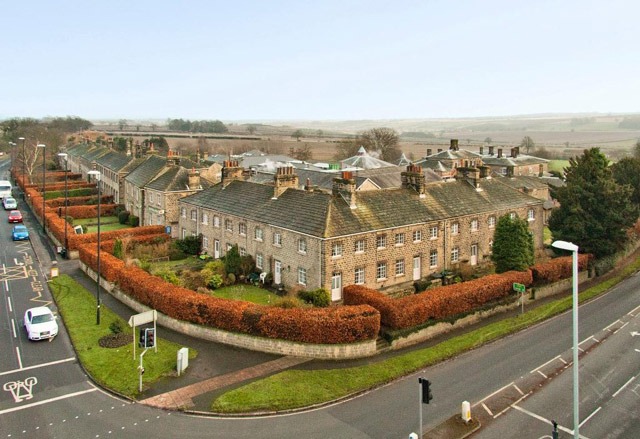
The project, which includes the laying more than a mile of pipes across estate parkland, will begin this year and the system is expected to be switched on in 2014.
As a result of this initiative and to help fund the steps to sustainability, the estate is offering a unique opportunity to live within the sought after and conveniently located village of Harewood. A portfolio of 30 individual period estate cottages will be brought to the open market by Carter Jonas’ Harrogate office in 2013, on a phased basis. The cottages vary in size from 2 to 4 bedrooms and are of special architectural and historical interest. This is the first time that any of these properties have been offered to the market since they were built.
The Harewood estate manages 4,000 acres of Yorkshire countryside, along with houses, commercial offices, medieval castle and other listed buildings. The estate has a nationally recognised conservation programme with particular emphasis on the restoration of historic buildings ranging from Home Farm to Harewood Castle, as well as the protection and development of wildlife habitats and the maintenance of listed parkland.
David Lascelles, Earl of Harewood said:
Harewood has to evolve to survive. In the 18th century, large numbers of cottages – many of them designed by John Carr, the architect of Harewood House – were required for estate workers. Today, 250 years later, that is simply no longer the case. By realising the value of some of our cottages and reinvesting in green energy, we will be able to safeguard the future of Harewood’s historic landscape and the major buildings that it contains.
This is an ethical as well as an environmentally sound investment. It will drastically reduce the carbon footprint of the estate and help us become sustainable for the next century.

